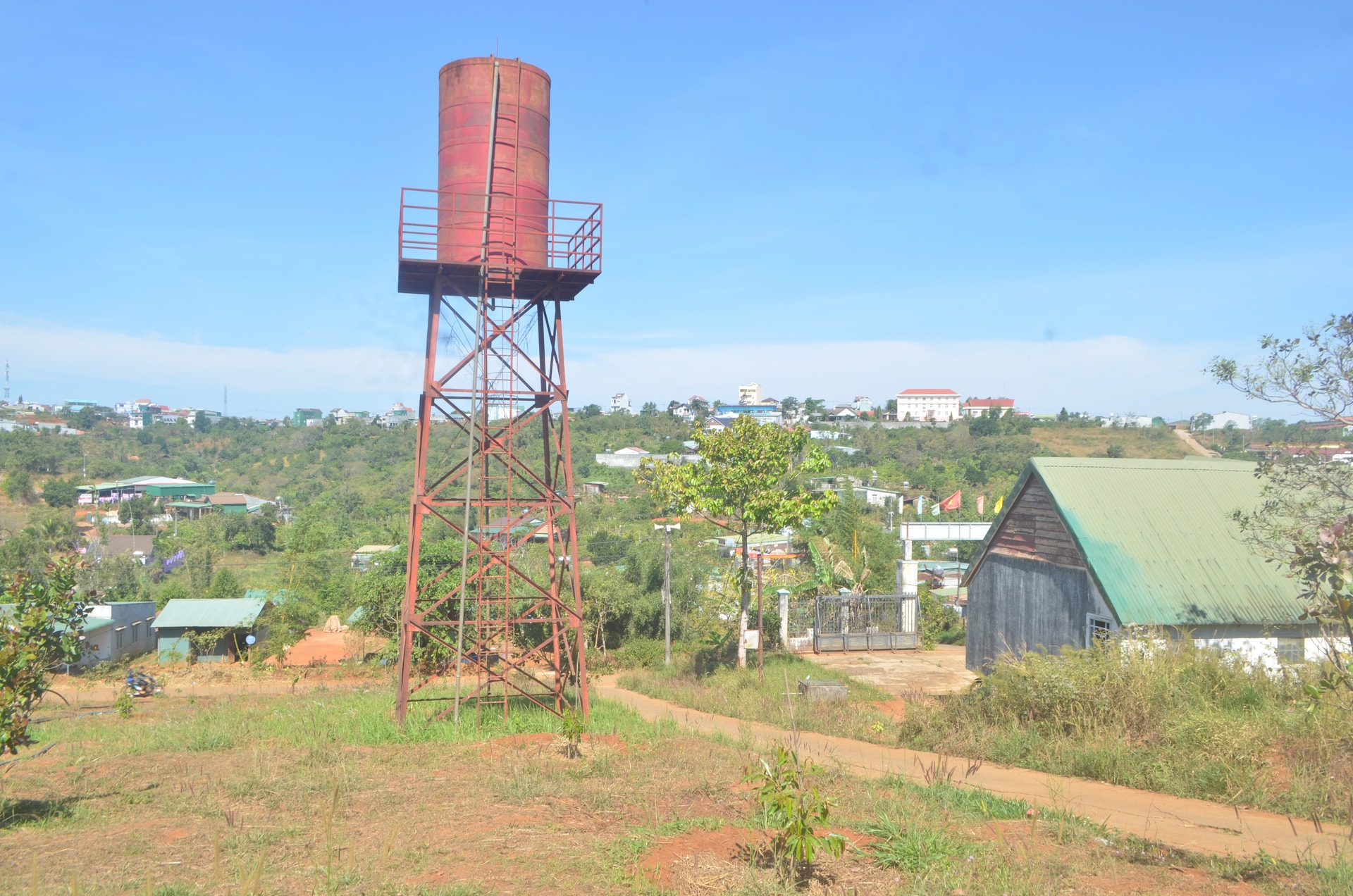
In the context of increasingly evident climate change, surface water and groundwater resources in many localities of Lam Dong tend to become increasingly scarce. During the dry season, ensuring clean water for people is not easy.
According to Mr. Pham Van Doan, E Sano village, Krong No commune, in recent years, the dry season has become increasingly severe, with the heat increasing, with temperatures at some points reaching a record high of 38 degrees Celsius. The heat has caused the groundwater source of his family's well to quickly dry up. He has spent tens of millions of dong to dredge and clean the well, and in 2024 he will have to drill another well, but at the peak of the dry season, there are still times when there is a shortage of water for daily use.
According to data from the authorities, at the peak of the dry season in April 2024, 500 households in communes such as Nam Nung, Krong No, Dak Sak, and Quang Truc lacked domestic water.
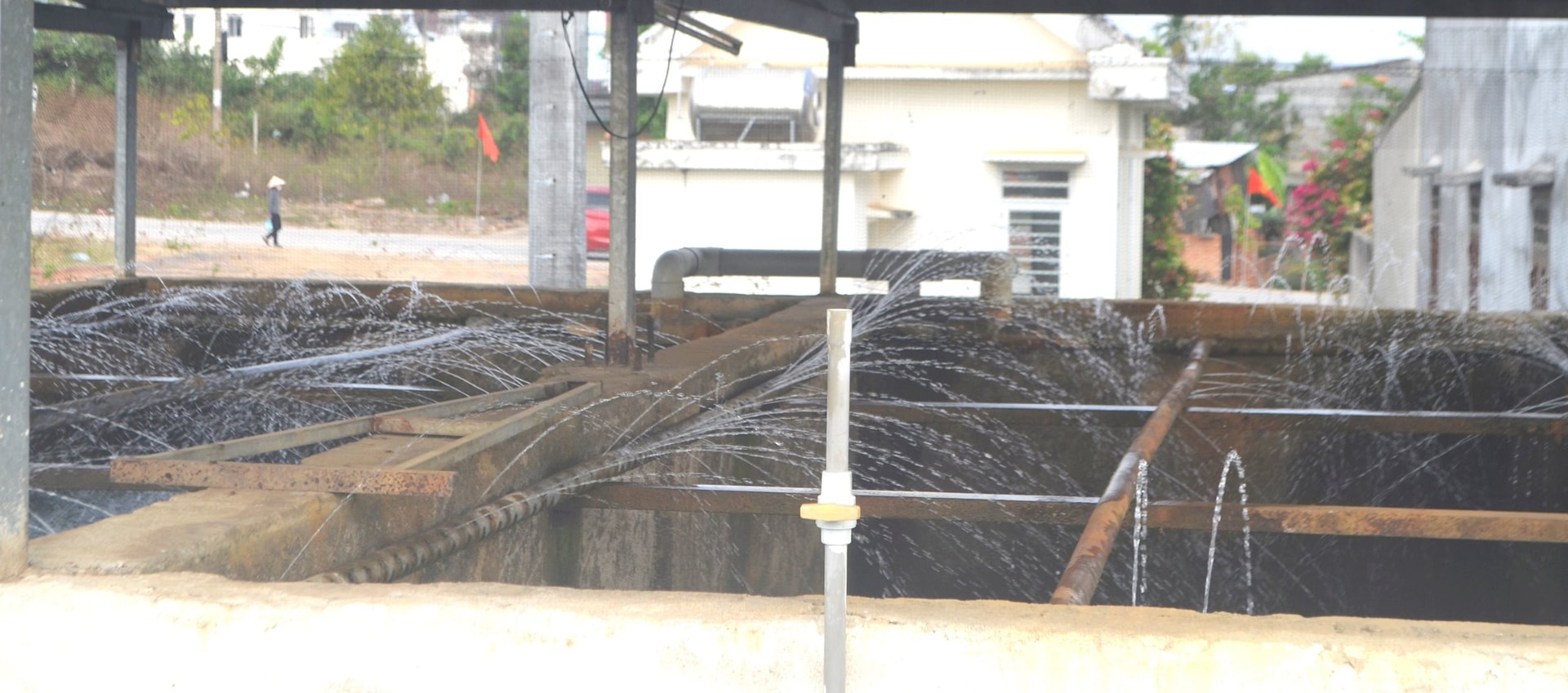
Water resources are scarce while many centralized rural water supply works are damaged and degraded. Preliminary statistics show that the whole province has 615 centralized rural water supply works, but the number of works that are not in operation is 290 works.
According to the leader of Dak Nong Irrigation Works Exploitation Company Limited, the unit has been assigned to manage and operate 114 centralized rural water supply works. Of these, only 59 works are currently operating sustainably, dozens of works have stopped operating before the handover date. Although there have been many efforts to increase the number of households receiving water, it can be said that the unit still faces many difficulties in the context of climate change, which is increasingly scarce in groundwater resources. Not to mention, there is still little capital to carry out new investment activities, upgrade, repair machinery, treatment technology, and improve water quality.
According to the report of the Department of Agriculture and Environment of Lam Dong province, by June 2025, the rate of rural people using clean water will be 97.62%. The province strives to have 98% of the rural population using clean water by the end of the year; the rate of rural population using clean water will be over 56%. In terms of numbers, the rate of rural population using clean water that Lam Dong province strives for by the end of the year is still lower than the national average.
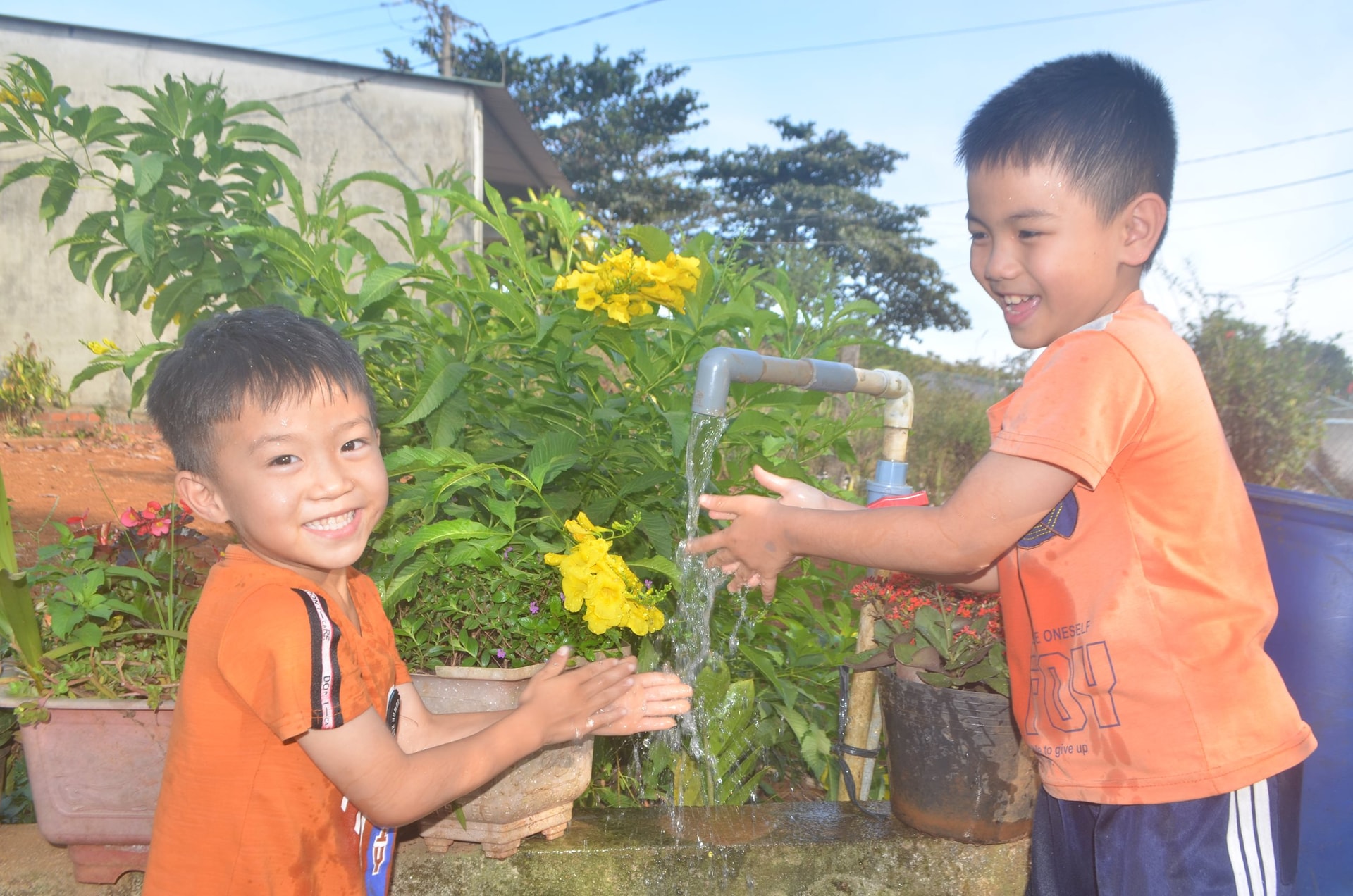
The National Target Program on New Rural Development (NTM) for the 2021-2025 period and the planned program for the 2026-2030 period set higher requirements for domestic water for people. Specifically, previously, domestic water for rural areas often used the phrase "hygienic water", but now the program uses the phrase "clean water" to emphasize that the quality of the water source must ensure higher technical standards and regulations.
According to Mr. Le Trong Yen, member of the Provincial Party Committee, Vice Chairman of Lam Dong Provincial People's Committee, increasing the rate of households in rural areas using clean water is a key content of the National Target Program on New Rural Development. The province will integrate capital sources from national target programs to upgrade, repair, and invest in centralized rural water supply works. Investment, upgrading, and repair activities will be prioritized in areas at high risk of drought, water shortage, remote areas, border areas, and ethnic minority areas.
The province has effectively implemented preferential loan programs for poor households, ethnic minority households, and disadvantaged areas so that people can invest in clean water. The province has also directed specialized agencies to pay attention to monitoring and evaluating the quality of water sources to meet standards.
In addition to the efforts of all levels, sectors and organizations, people, with their own initiative, promote the use of clean water to improve the quality of life for themselves and their families.
According to the report of the Central Steering Committee for National Target Programs, by June 2025, the whole country had achieved the target of the proportion of rural population with sustainable access to clean water meeting standards for the 2021-2025 period. About 58% of rural households in Vietnam have access to clean water, an increase of about 7% compared to 2020.
Source: https://baolamdong.vn/thach-thuc-nuoc-sach-nong-thon-382709.html



![[Photo] Chu Dau Ceramics – Proud of Vietnamese identity at Exhibition A80](https://vphoto.vietnam.vn/thumb/1200x675/vietnam/resource/IMAGE/2025/9/1/c62ab2fc69664657b3f03bea2c59c90e)
![[Photo] People eagerly wait all night for the parade on the morning of September 2](https://vphoto.vietnam.vn/thumb/1200x675/vietnam/resource/IMAGE/2025/9/1/0cf8423e8a4e454094f0bace35c9a392)
![[Photo] National Assembly Chairman Tran Thanh Man receives Cambodian Senate President Hun Sen](https://vphoto.vietnam.vn/thumb/1200x675/vietnam/resource/IMAGE/2025/9/1/7a90c9b1c1484321bbb0fadceef6559b)
![[Photo] Celebration of the 65th Anniversary of the Establishment of Diplomatic Relations between Vietnam and Cuba](https://vphoto.vietnam.vn/thumb/1200x675/vietnam/resource/IMAGE/2025/9/1/0ed159f3f19344e497ab652956b15cca)
![[Photo] General Secretary receives heads of political party delegations from countries attending the 80th anniversary of our country's National Day](https://vphoto.vietnam.vn/thumb/1200x675/vietnam/resource/IMAGE/2025/9/1/ad0cb56026294afcae85480562c2e790)
![[Photo] Solemn reception to celebrate the 80th anniversary of the National Day of the Socialist Republic of Vietnam](https://vphoto.vietnam.vn/thumb/1200x675/vietnam/resource/IMAGE/2025/9/1/e86d78396477453cbfab255db1e2bdb1)
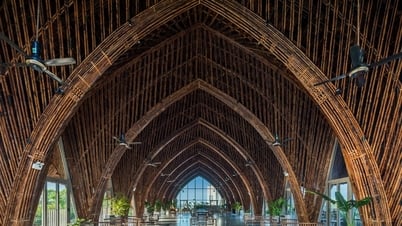

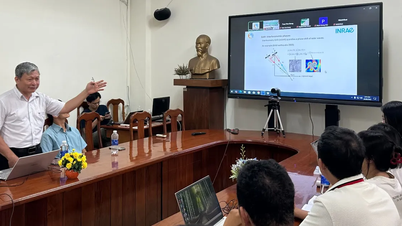

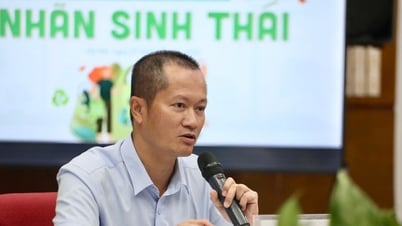

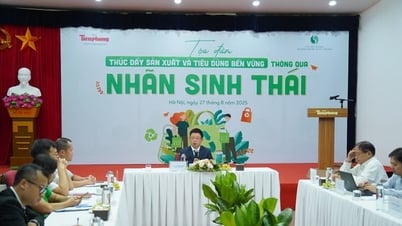

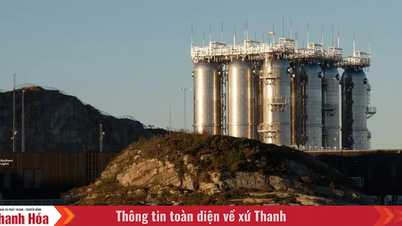



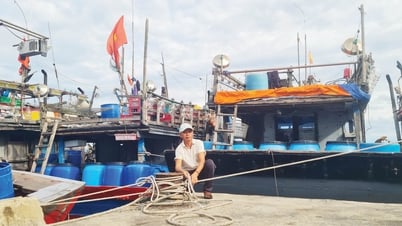

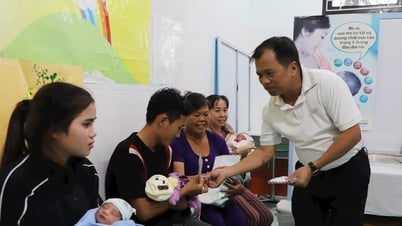
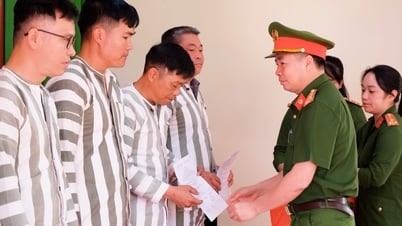
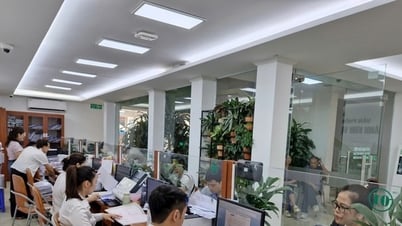
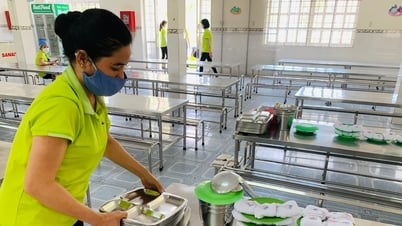
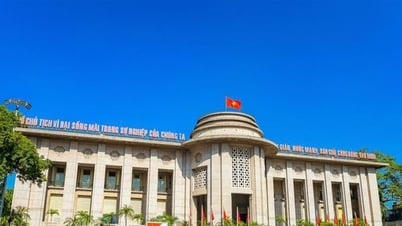


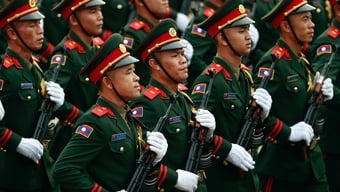

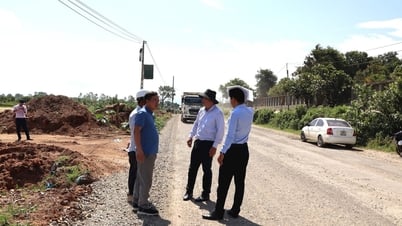
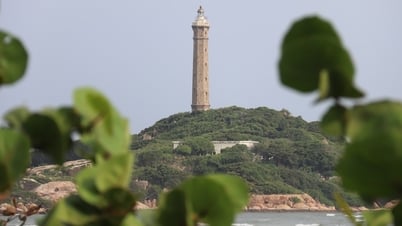
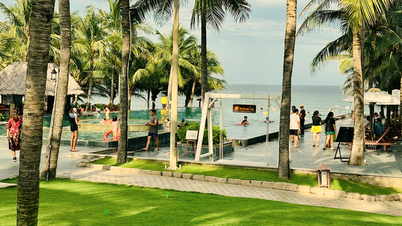
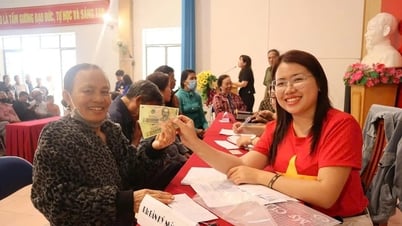
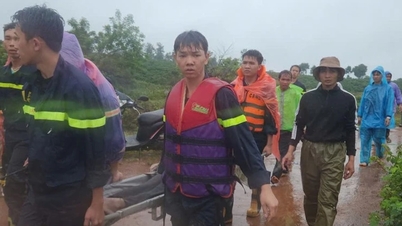
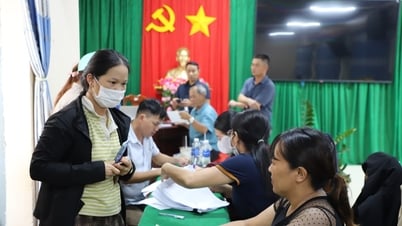
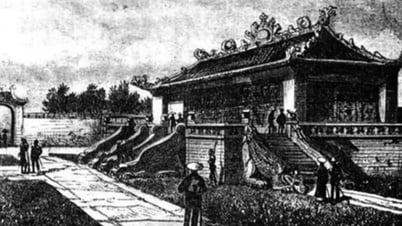
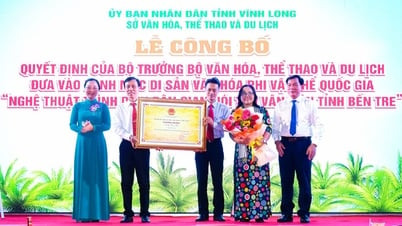

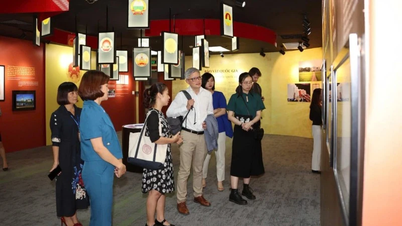

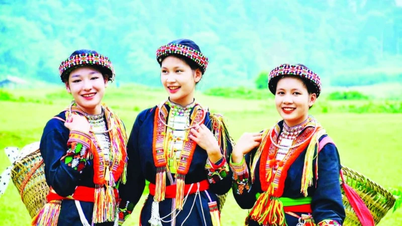






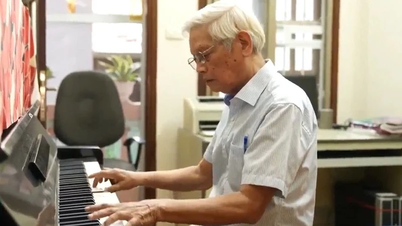
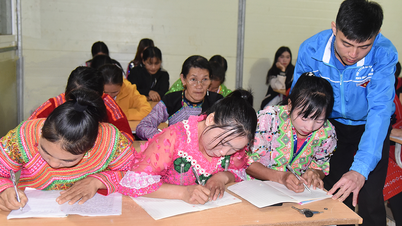





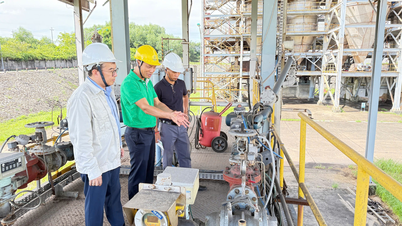



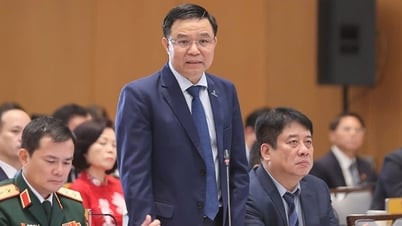
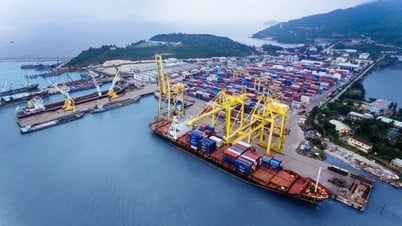

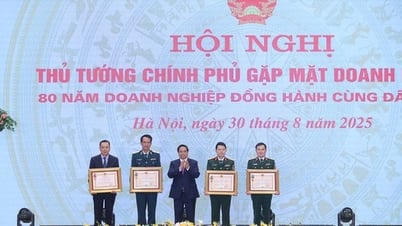

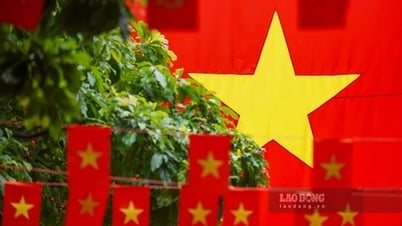

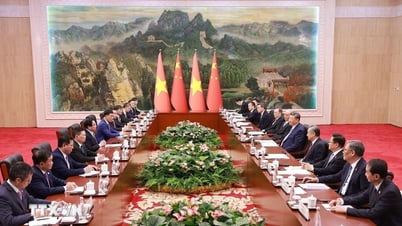

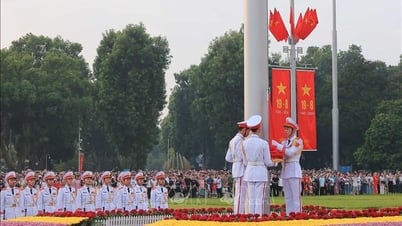



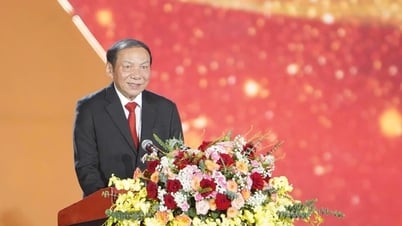

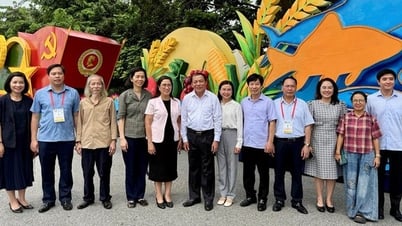

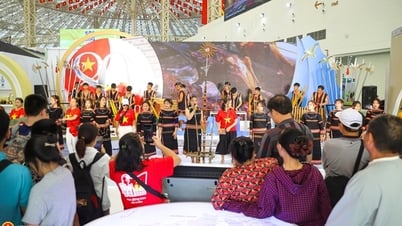



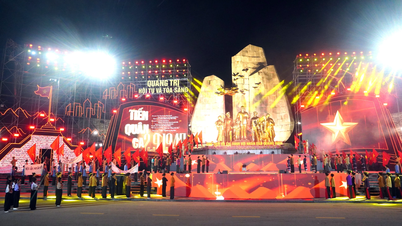


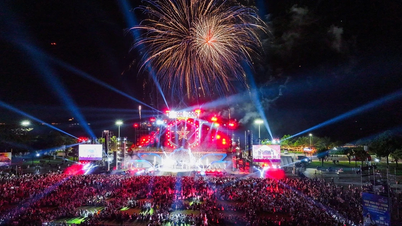




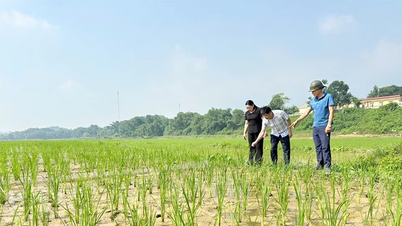

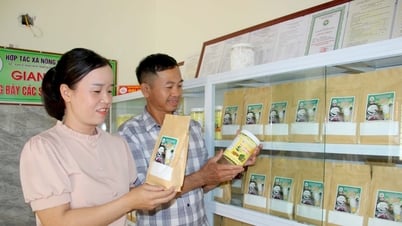

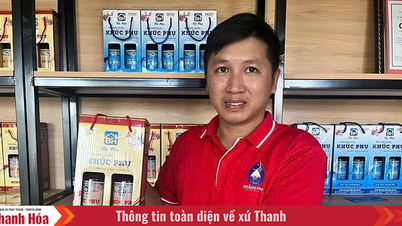

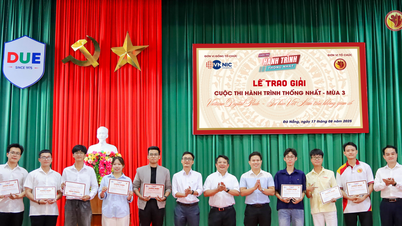

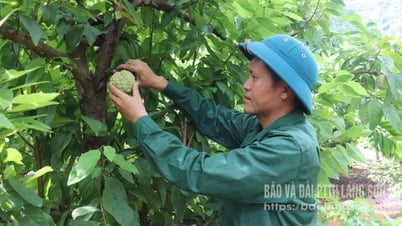




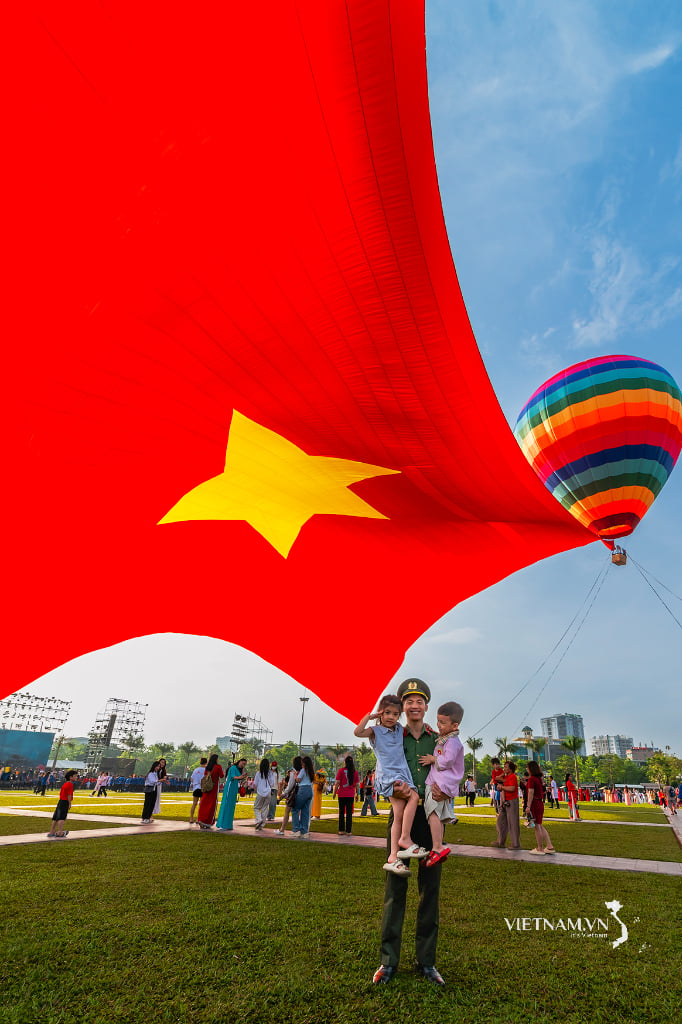

Comment (0)